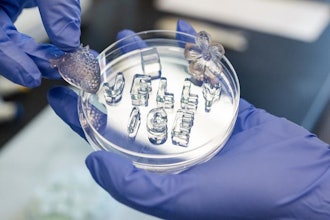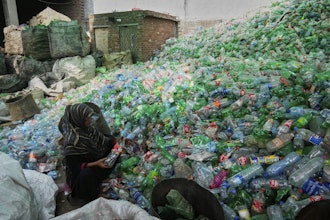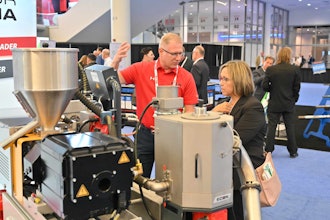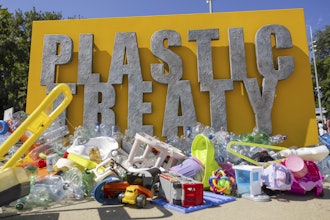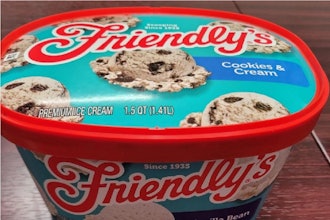
Fish and other seafood provide people with a broad variety of essential nutrients in their diet.
However, the consumption of some fish also exposes people to the most hazardous form of mercury: methylmercury. This accumulates in fish (especially those species higher up the food chain, such as tuna) as it binds to proteins in the tissues.
Packaging solution draws out the mercury
According to the World Health Organization (WHO), mercury is one of the 10 most harmful chemicals for humans. Exposure can damage the central nervous system, with fetuses and young children being particularly sensitive to the effects. That is why dietary recommendations for pregnant women advise caution with tuna consumption.
“Our study shows that there are alternative approaches to addressing mercury contamination in tuna, rather than just limiting consumption. Our goal is to improve food safety and contribute to enhanced human health, as well as to better utilize food that is currently under certain restrictions,” said Mehdi Abdollahi, Associate Professor at the Department of Life Sciences at Chalmers and coordinator of a project called Detoxpak.
The concept of so-called active packaging is to develop materials, for example a liquid inside a can, that interact with food during storage − for instance, to increase the shelf life. However, this concept has never previously been used to improve food safety.
In a previous study, the researchers investigated the possibility of coating packages with thiolated silica to capture mercury from canned fish. What they observed, was that the forces binding the mercury within the tuna tissue prevented it from being released.
Proteins in tuna tissues, particularly sulfur-containing amino acids, strongly bind and accumulate mercury due to the strong interactions involving thiol groups from these amino acids. "By knowing that, we decided to add one of them, cysteine, to a water solution in which fish meat can be immersed. We believed this would allow some of the mercury to be drawn out and instead bind to the solution and be discarded. Further research is needed to take care of the removed mercury,” says Przemysław Strachowski, first author, and at the time of study, a postdoc at the Department of Life Sciences at Chalmers.
Up to 35% of mercury removed
In the study, the researchers discovered that the greater the surface area of fish flesh in contact with the cysteine solution, the higher the mercury uptake. The highest value of mercury reduction, 35%, was reached when testing canned minced tuna, from regular grocery stores. They also discovered a maximum threshold of two weeks, after which no further changes occurred.
In the current study, however, the researchers did not observe any noticeable changes in appearance or smell of the tested fish samples. Cell-based assays have also proven the safety of the developed technology.
“The beauty of this type of packaging is that it is active while the product is on the shelf. No additional production steps would be needed if a method like this were used industrially. The application of our results could increase the safety margin for fish consumption,” said Strachowski.
More about the method
- In the study, fish protein extracts in the form of dry powder, fresh and lab-steamed fish in fillet and mince forms, and commercially available samples of canned tuna, both in larger pieces and as minced fish, were used.
- No extra additives, like pH modifiers, were needed for this process. Only the cysteine concentration was adjusted in the water. Increasing cysteine levels improved mercury removal, but only up to a certain point. A 1.2% concentration level was optimal.













